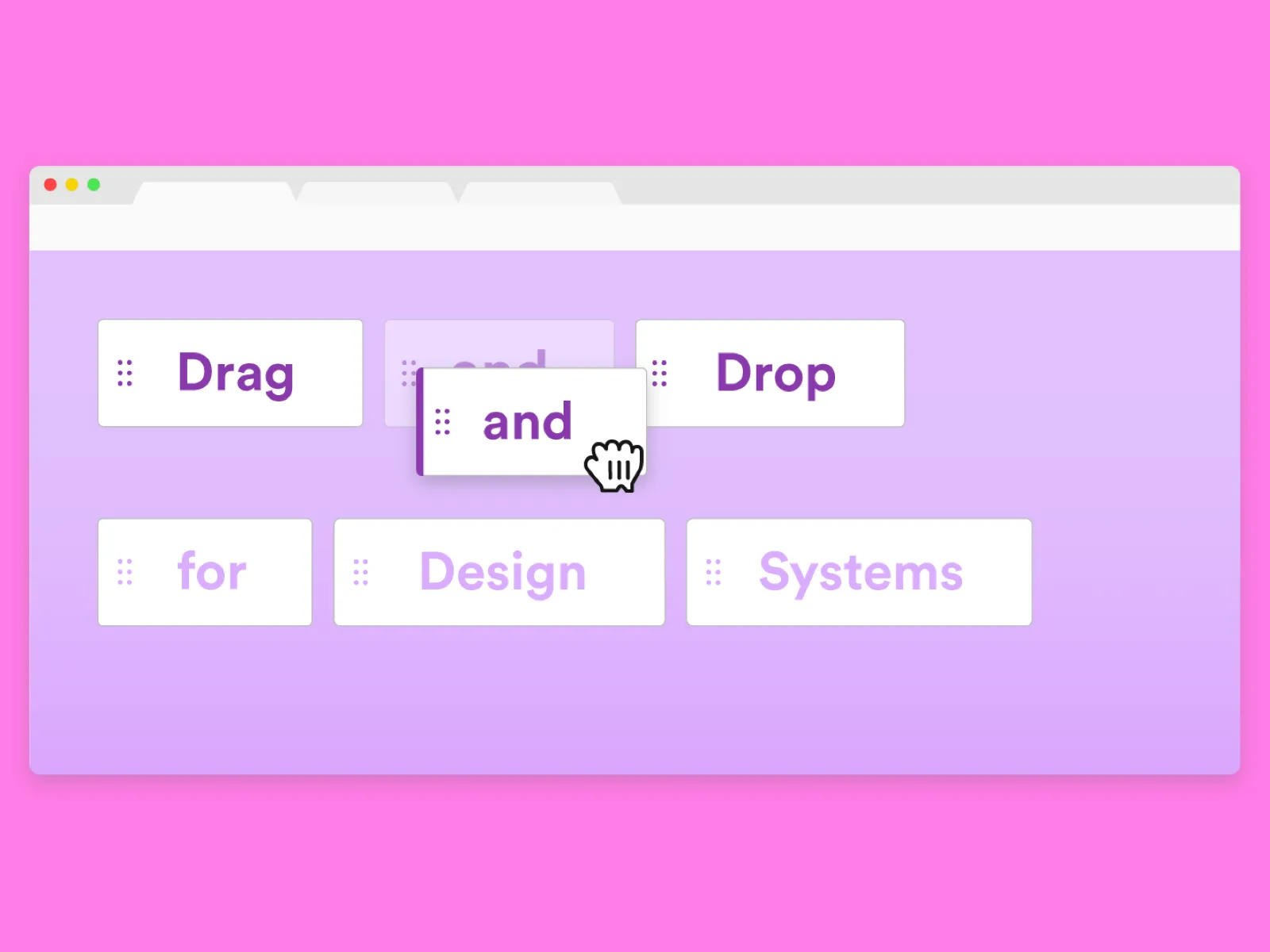开发单页面应用(vue,react,angular),为了提高开发效率,使用 webpack 作为编译工具和搭建热模块替换(HMR)环境,在项目部署时候这套环境不适合生产环境,所以需要把开发的文件用 webpack 打包后部署到生产环境,部署的时候需要注意下面几点
加密和压缩
使用 webpack 的uglifyJS插件可以加密和压缩 js 文件,同时也可以压缩 css 文件,常用的配置如下
module.exports = { plugins: [new webpack.optimize.UglifyJsPlugin()],};声明 webpack 打包环境变量
module.exports = { plugins: [ new webpack.DefinePlugin({ 'process.env.NODE_ENV': JSON.stringify('production'), }), ],};关闭 source map 功能
在 webpack 配置文件中把devtool选项删掉或者使用cheap-module-source-map,最简单的直接使用webpack -p来编译打包生产环境文件
资源文件路径
在 css 引入图片有时候打包后的路径不对,可以通过output.publicPath修改资源文件的公共路径
url 路径
在地址栏手动输入前端路由会在服务器寻找 url 的对应路由,通常会导致 404,所以需要在服务器做相应的配置
nginx 服务器
使用 try_files 指令
server { ... location / { try_files $uri /index.html; }}express 服务器
配置静态文件服务和路径指向index.html
const express = require('express');const path = require('path');const port = process.env.PORT || 8080;const app = express();// serve static assets normallyapp.use(express.static(__dirname + '/public'));// handle every other route with index.html, which will contain// a script tag to your application's JavaScript file(s).app.get('*', function (request, response) { response.sendFile(path.resolve(__dirname, 'public', 'index.html'));});app.listen(port);console.log('server started on port ' + port);


